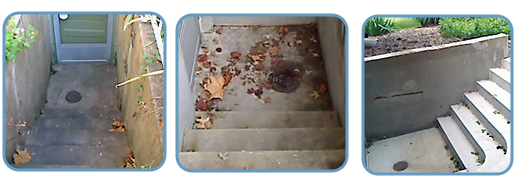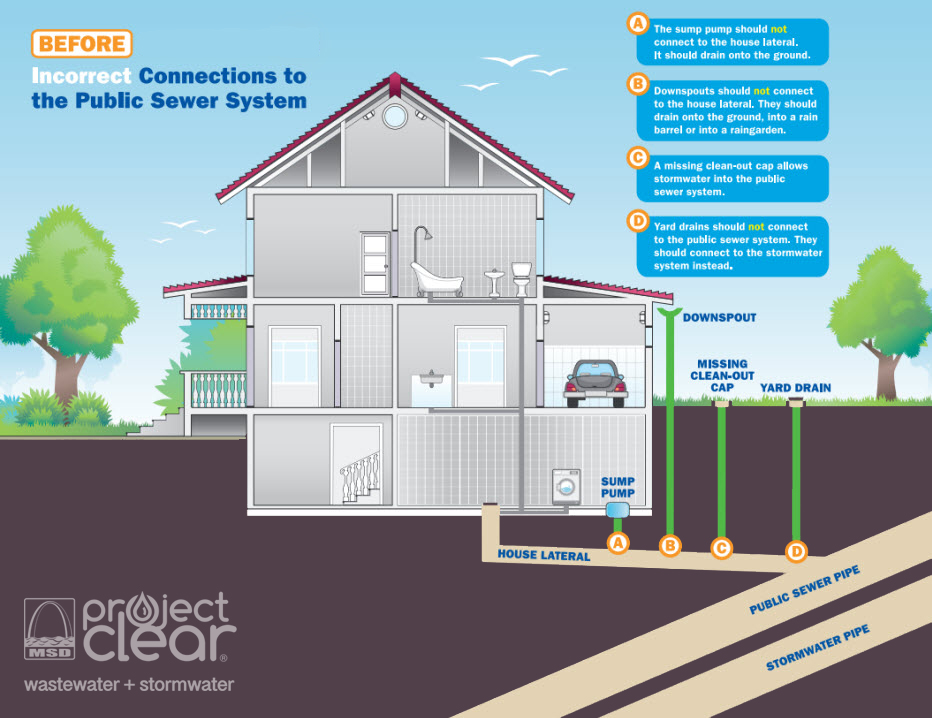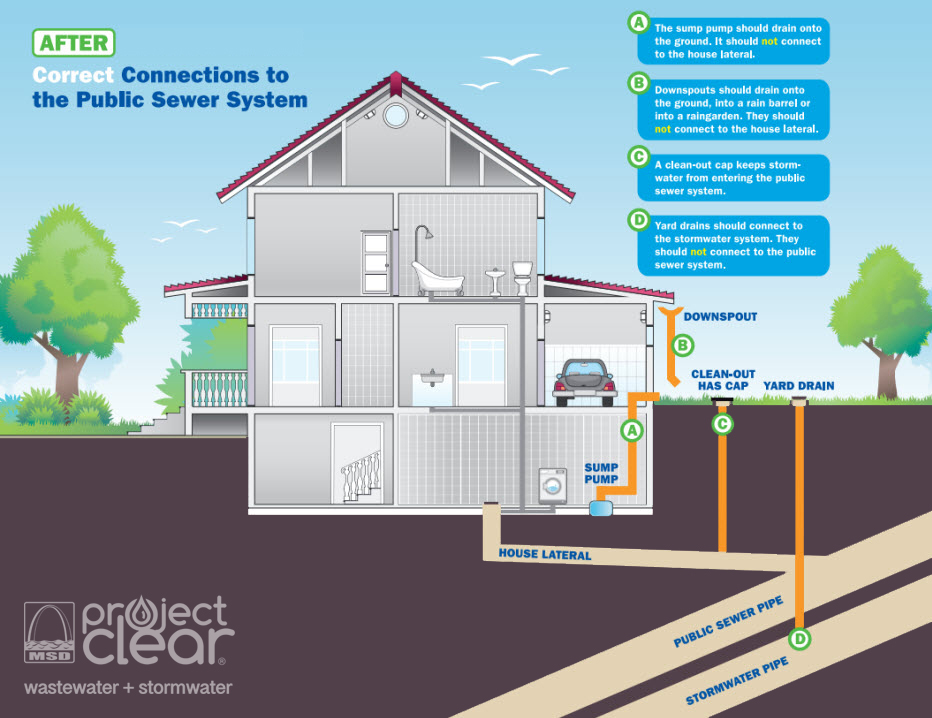Getting the Rain Out
MSD Project Clear and You
Throughout much of the City of St. Louis, combined sewer pipes carry both wastewater from homes and businesses and the stormwater caused by rainstorms or snow melt. Designed to carry only wastewater, our sewer pipes and wastewater treatment plants can quickly become overwhelmed when too much stormwater enters the system.
Downspouts, sump pumps, stairway and driveway drains, yard drains, and uncapped cleanouts that connect to a building’s lateral line can all direct stormwater into the wastewater system. A primary goal of MSD Project Clear is to Get the Rain Out of the wastewater system to reduce basement backups and overflows. Through 2040, MSD and our contractors will complete hundreds of projects throughout our service area. A key element in this effort will be to disconnect these stormwater pathways from the sanitary sewer system.
Click on the images below to view “Before MSD Project Clear” and “After MSD Project Clear” diagrams of connections to the public sewer system.
Identifying Problematic Stormwater Connections
Going house to house, neighborhood to neighborhood, MSD is working to eliminate basement backups and overflows. It is our most cost-effective option and one that will provide immediate relief for residents living downstream from these connections. Working together, MSD and our customers will Get the Rain Out!
The first step is to identify where these stormwater connections are located. Using information from preliminary engineering studies, field personnel walk through neighborhoods to confirm potential connections including downspouts, driveway drains, and sewer cleanout caps. If our personnel will be checking property in your area, we’ll send you a letter to let you know.
How You Can Help
If a stormwater connection to the sanitary sewer is identified on your property, MSD will send you a letter. While common, these connections break MSD’s Sewer Use Ordinance as well as local building codes and must be removed. Your cooperation is essential to our ability to complete our mission quickly and with minimal disruption for you.
- MSD will remove significant stormwater connections without penalty and at no cost for a limited time while a project is taking place.
- MSD must have permission to remove the connections. Property owners in project areas will receive disconnection agreements that must be signed and returned to MSD.
- It is always our preference to work with customers and avoid enforcement, but if needed, MSD will pursue enforcement action to remove illegal connections.
- Removal will be completed a few months to a year after your disconnection agreement is signed.
- Work will be performed by qualified contractors hired by MSD.
- Contractors will notify property owners at least one week before work is scheduled on your property.
- Field personnel typically work in crews of 2–3 people. They wear reflective vests or bright colored shirts. Their company logo will be visible on clothing as well as some equipment and vehicles.
- The work will involve removing significant stormwater connections to the sanitary sewer and re-routing them to either a storm drain in the street or a location on the property where stormwater can be absorbed.
- After completing the disconnections, contractors will restore roadways, curbs, driveways, sidewalks, fencing, retaining walls, and grass areas affected by their work. If work is performed outside of the growing season (April – October), the contractor will return to the site to plant grass seed when weather permits.
Many thanks to our customers who have agreed to have significant stormwater connections removed. You are helping MSD protect public health and the natural environment. When it comes to St. Louis’ stormwater and wastewater systems, we are all connected!
Common stormwater connections are pictured below.
Downspouts
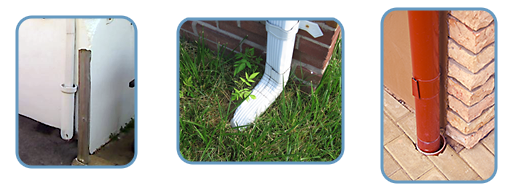
Cleanout caps
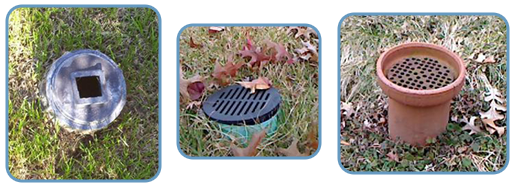
Yard drains
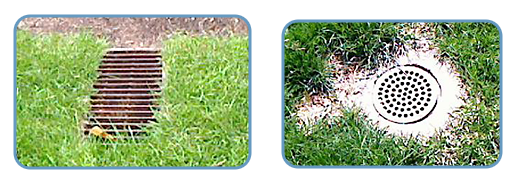
Driveway drains
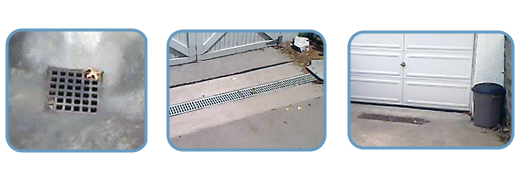
Stairwell drains
